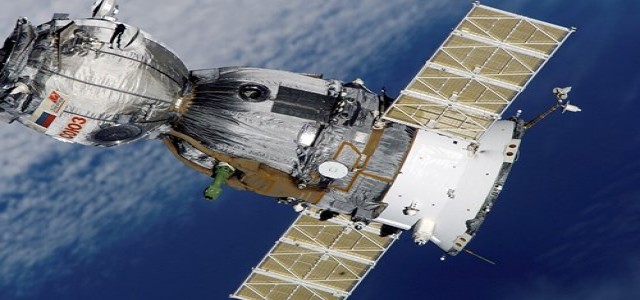
SpaceX’s Falcon 9 rocket has successfully launched 88 satellites into orbit in a single go, signifying its 2nd dedicated rideshare mission. The company has already launched cargo, satellites, and lately astronauts into orbit atop its Falcon 9 rockets before, but now has begun carrying rideshare launches in which the rocket's cargo bay is piled with quantities of small satellites owned by SpaceX consumers.
The rideshare flights allow SpaceX to capitalize on the growing demand for small satellites, or smallsats, to be launched into orbit.
In its latest mission, SpaceX launched its rocket from Florida's Cape Canaveral Orbit Force Station which headed southward along the east coast on its way to space. NASA and radar satellite manufacturer ICEYE were among the government and commercial customers whose spacecraft it carried to orbit, and so were 3 satellites for SpaceX's internet constellation Starlink.
The first-stage rocket booster for Falcon 9, the large lower section of the rocket that houses the engines that provide the rocket its initial power at liftoff, returned to land on a ground pad after the flight, allowing it to be rebuilt and reused in future missions. SpaceX claims that reusing spacecraft hardware saves money, which is seen as critical to making spaceflight more affordable.
This booster had been used on seven other launches previously, and each part of the fairing of the rocket, the dome-shaped cap atop the rocket that guards the satellites during launch, had also been used on earlier trips.
Although, experts have become deeply concerned as the number of devices in orbit grows. Satellites have crashed in orbit previously, and while such collisions don’t usually cause a risk to people on the ground, the wreckage from the collision can stay in orbit for decades.
Source Credit - https://edition.cnn.com/2021/06/30/tech/spacex-rideshare-transporter-2-missions-scn/index.html
© 2025 IntelligenceJournal.com. All Rights Reserved.